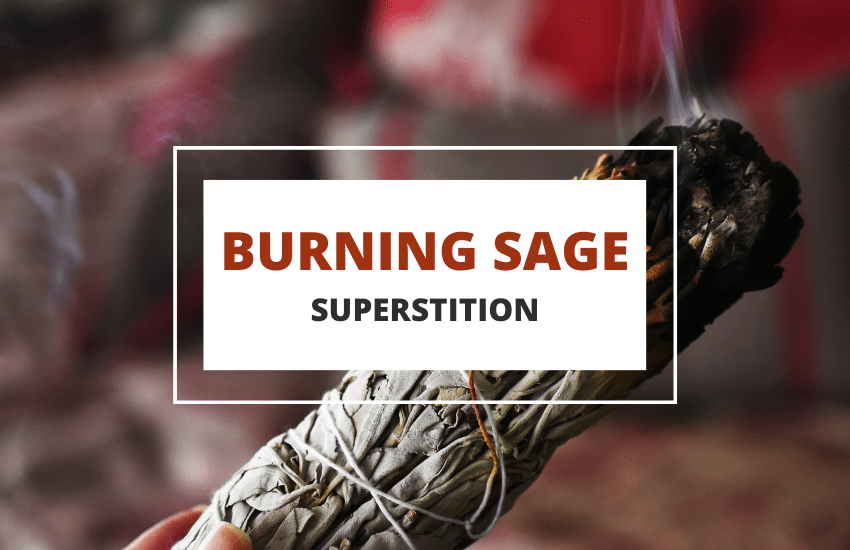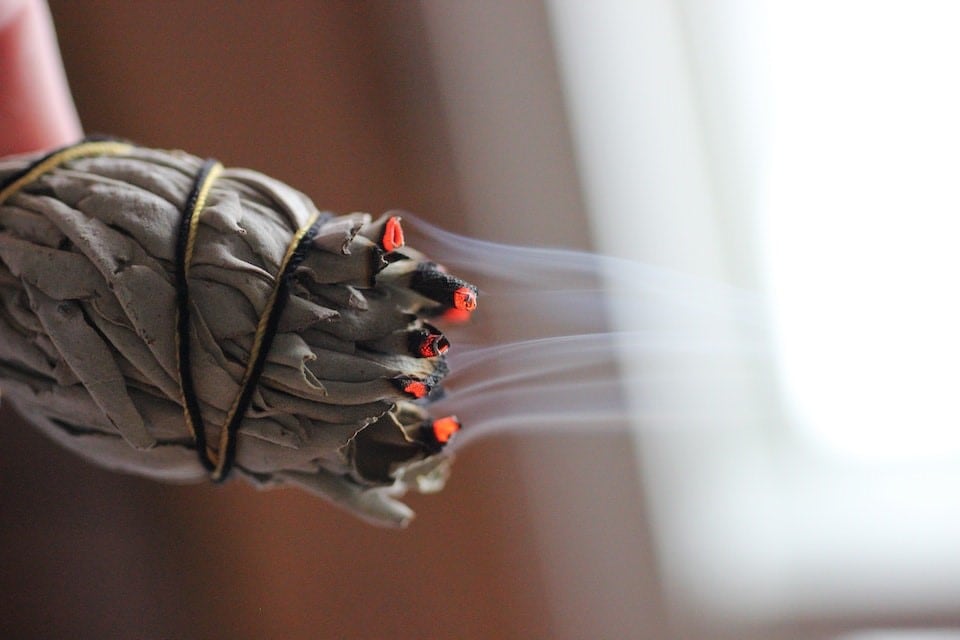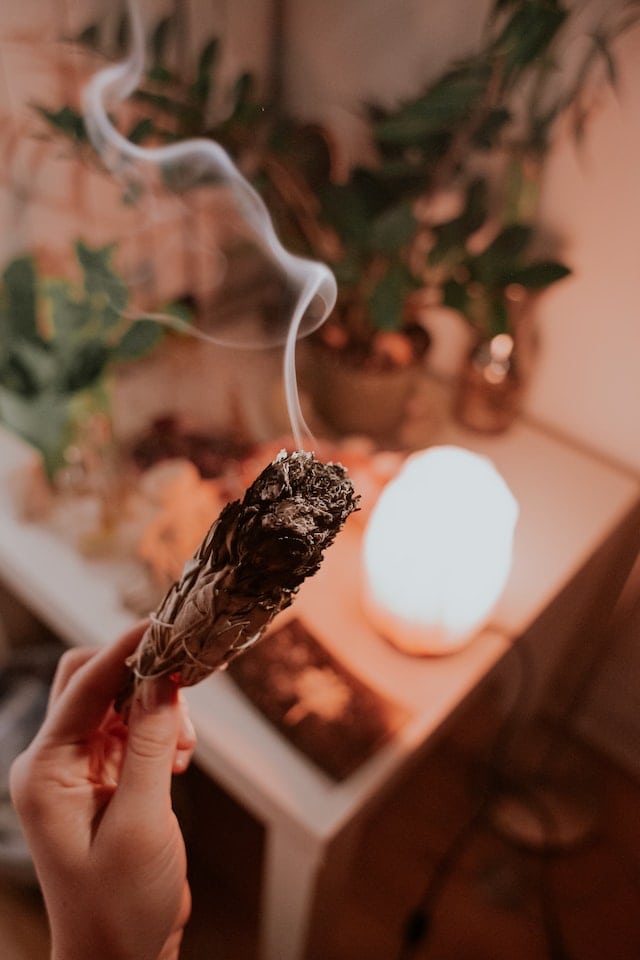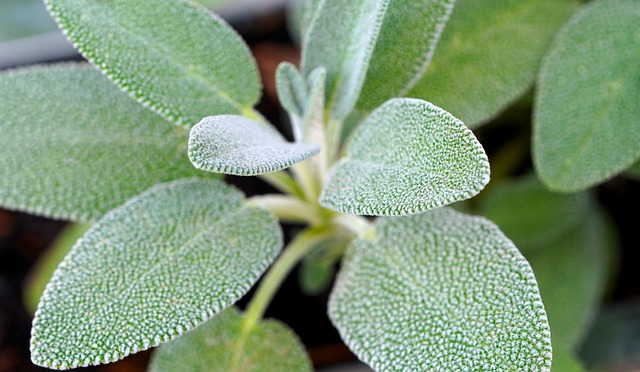
Table of Contents
Over the past years, burning sage, also called smudging, has become a trendy wellness practice to get rid of negative energy and cleanse homes. But maybe as you browse over some Instagram feeds that promote smudging at home, you might be wondering about the origin behind burning sage. So, let’s dive deeper into this practice and why it has been a sensitive issue.
Smudging vs. Smoke Cleansing

Smudging has a specific connection to cultural and spiritual practices for prayers, while smoke cleansing is a simple act of burning herbs, wood, and incense for cleansing purposes.
Burning sage in the act of smudging is being practiced by indigenous people as a part of their spiritual rituals as they send out their prayers. It’s like a channel to a different realm or to connect themselves spiritually. Several Native communities, such as Lakota, Navajo, Cheyenne, and Chumash, also treat white sage as a sacred herb for purification and healing sessions.
Aside from Native America, other countries also have a history of smoke cleansing for prayers and medicinal purposes. In fact, the burning of frankincense and myrrh was a practice in ancient Egypt as part of their prayer rituals.
In historical accounts, rosemary was burned in hospitals in France to cleanse and get rid of possible infections in the air. So, smoke cleansing isn’t necessarily connected to rituals and such.
Benefits of Burning Sage

Here are some of the benefits of burning sage that might have encouraged other people to try it:
Disclaimer
1. Boosts Mood
Burning sage can fit well into your de-stressing routine and help clear your mind of any problems or worries. Due to the aroma, it is believed to bring positive vibes and uplifting energy.
2. Aromatherapy
Burning sage emits a calming and relaxing smell, much like lavender. The smell alone can offer benefits, bringing you a sense of peace. Even if you don’t believe in cleansing the air of negative energy by burning sage, you can still benefit from the calming smell of the herb.
3. Purifies Air
Studies have found that burning a significant amount of sage can clear about 94% of bacteria in the air. It is basically disinfecting the room and keeping it clean.
4. Improves Sleep
Sage contains compounds that reduce stress and pain. This can be a perfect lullaby if you’re having trouble sleeping at night.
5. Removes Negative Energy
Sage is believed to be an energetic cleanser and neutralizes good and bad energy in a room. Lighting some sage is said to give a super relaxing aura and positive power to an individual.
Alternatives to White Sage
There are alternatives to burning sages to add or maintain your inner wellness and self-care practices like lavender, thyme, and cloves. But you might come across Palo Santo in your search for an alternative plant in place of white sage. It is important to take note that as Palo Santo has been receiving attention as a popular alternative to sage, it can also lead to overharvesting and extinction.
How Do You Burn Sage?
To burn sage, you have to form the sage into a bundle first. You then light one end and allow the smoke to drift into the air. To cleanse the air, walk from room to room, allowing the smoke to waft into the space.
You can also choose to place the burning bundle onto a heat-proof object, most popularly an abalone shell, and allow it to burn in one location.
Is Burning Sage Safe?
While sage itself appears to be beneficial as a calming and even relaxing item, there’s no denying that burning it produces smoke which comes with its own risks.
Breathing smoke can cause issues for those with asthma, allergies, and lung problems. If you’re always enveloped in sage smoke, there might be chances of health problems related to smoke, although the research is scant on this. However, if it’s only for short periods of time, you’re likely to be safe.
Webmd.com recommends checking with your doctor prior to using sage if you have respiratory or lung issues.
What is Sage?

Sage, or Salvia, is an aromatic plant that comes in different colors and variants. Coming from its Latin word salvere, sage has a long history of traditional medicine practices and spiritual rituals across the world with the intention “to heal” and cleanse. Some known types of sage are sweetgrass sage, blue sage (grandmother sage), lavender sage, and black sage (Mugwort).
While various types of sage can be found, the most common type known for the practice of ‘smudging’ is white sage, also known as Salvia apiana. This variant can be particularly found in the northwest part of Mexico and the southwestern United States.
Studies have indicated that sage offers many benefits, which include antioxidant, antibacterial, and anti-inflammatory properties. It’s also said to be beneficial in treating depression, anxiety, dementia and Alzheimer’s, heart disease, and cancer.
Native Americans and Smudging
Smudging is an important practice of some North American indigenous cultures as part of their purifying rituals and prayers. However, the act of burning herbs or smudging doesn’t specifically refer to the burning of white sage, and not every indigenous folk includes smudge and white sage in their rituals.
In 1892, the “Rules for Indian Courts” made it illegal and punishable for Natives to practice their religious rituals in the United States, including sage burning. This suppression led many to be put in jail or even killed as they tried to preserve and keep their religious ways. Fortunately, the passing of the American Indian Religious Freedom Act in 1978 ended this violent suppression targeting indigenous people.
Because of this complicated history of burning sage, questions are being raised about whether it is appropriate for non-Natives to use white sage for smudging. Nonetheless, this matter shouldn’t be taken lightly with respect to indigenous and religious roots.
Because of the growing demand for white sage caused by the boom of the Instagram trend, this plant is being overharvested, which endangers the availability of sage for indigenous people to use for their cultural and religious practices.
Wrapping Up
It is important that in following trends, we are also respecting Indigenous cultures. Burning white sage greatly relies on the intention of doing the act. Be mindful of the origin and significance of this practice and take time to research more about it before jumping into the trend.








